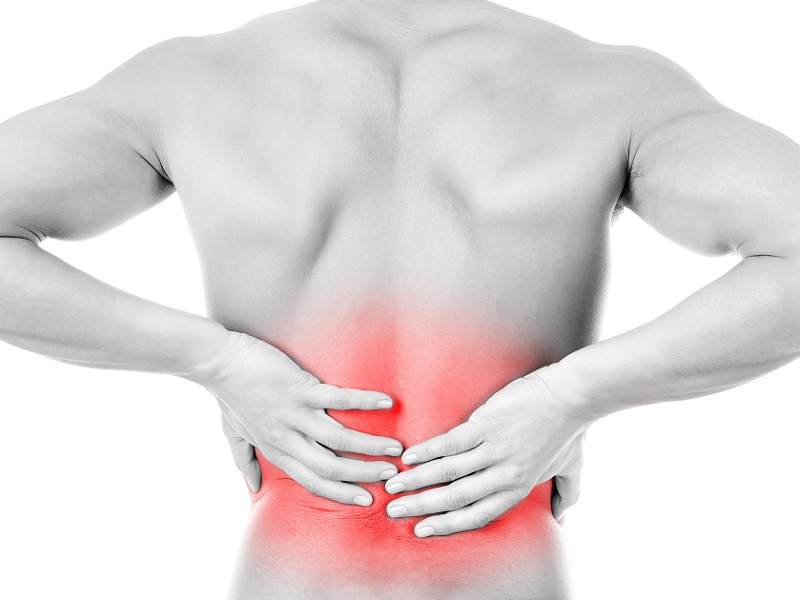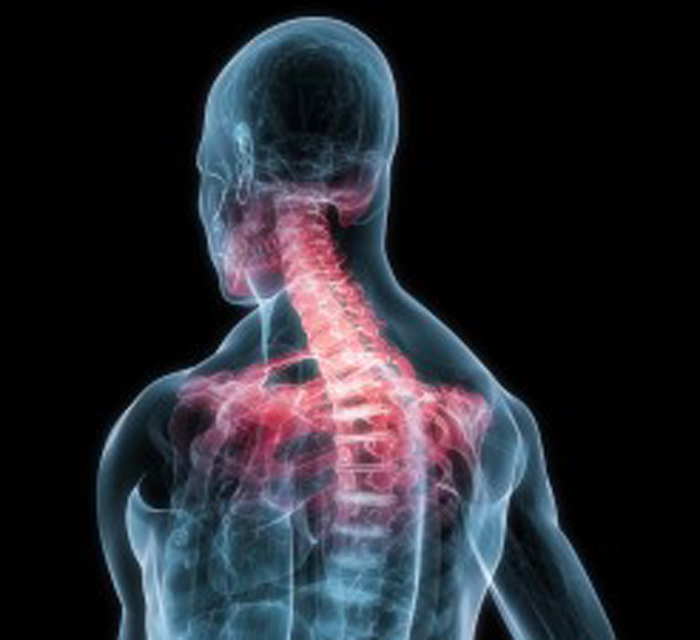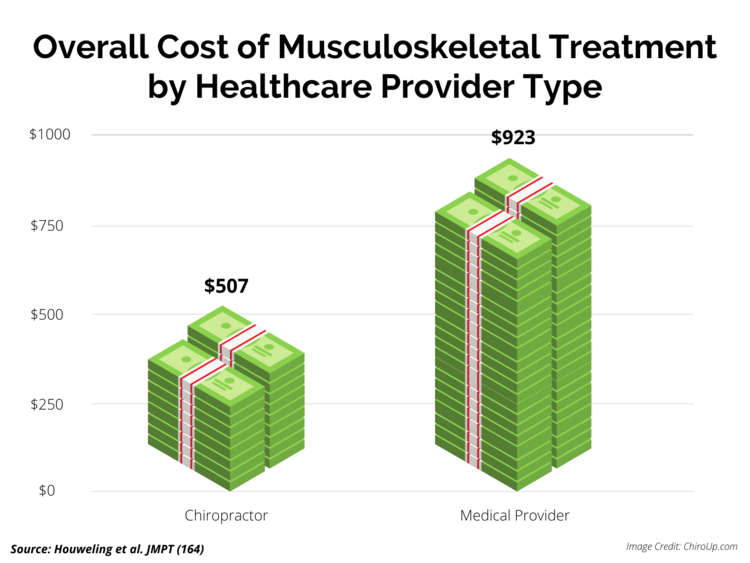DD Palmer and the Egyptian Connection:
A Short Report
DD Palmer and the Egyptian Connection:
A Short Report
SOURCE: Asia-Pacific Chiropractic Journal 2024; 5 (1)
| OPEN ACCESS |
Phillip Ebrall, BAppSc (Chiropr), PhD
Editor, Asia-Pacific Chiropractic Journal
This paper describes the first known description of the ‘idea of subluxation’ as a small dysfunction in the spine which affected a person’s health and function. The authoritative source document is the Edwin Smith Manuscript, introduced to the world in the 1920s. This paper reports this interpretation of Egyptian medical writings dating from 1,600 BC and earlier, in which small spinal dysfunctions were noted and clinically managed.
Indexing Terms: Subluxation, Edwin Smith, chiropractic, Egyptian medical writings
From the FULL TEXT Article:
Introduction
 |
Clues to the antiquity of the idea that DD Palmer codified as ‘subluxated vertebrae modulating tone’ came as early as 1905 [1] when he referred to ‘Chinese and Egyptian history … system of healing … Manual Therapeutics.’ (Figure 1)
Palmer alluded to this history [2] in his 1906 text co-written with his son, BJ Palmer but was clear in his 1910 tome, on p. 12, [3] where he wrote:
‘Dr. Atkinson [4–6] has frequently informed me that the replacing of displaced vertebrae for the relief of human ills had been known and practiced by the ancient Egyptians for at least 3000 years.’
and on p. 13:
‘many of the methods employed in ancient Greece and older Egypt are being restored’
In 1914 Palmer wrote: [7, p. 8]
‘The principles which form chiropractic science have always existed; and are now being revealed to the world by D. D. Palmer’
There are more articles like this @






